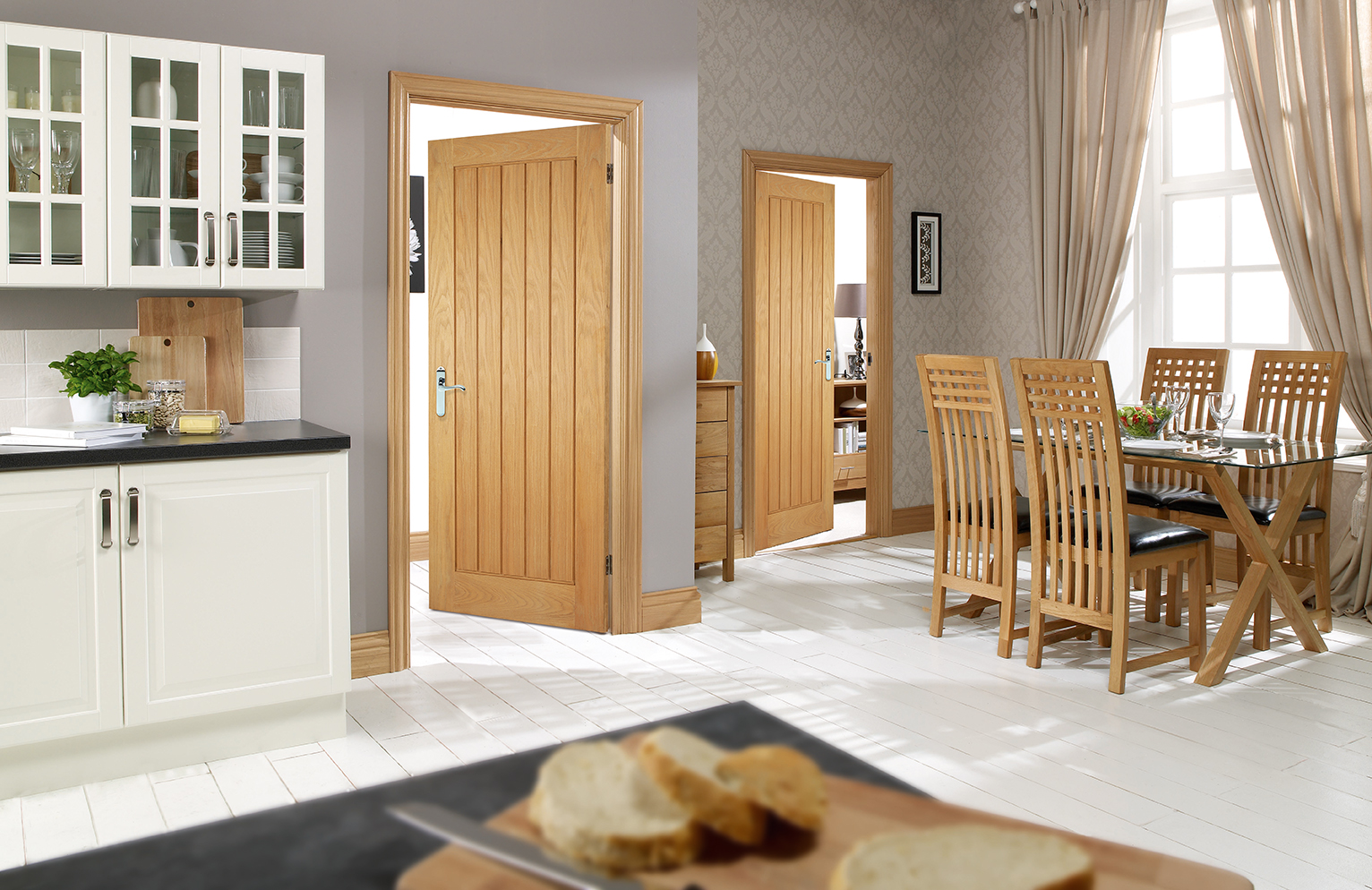Comprehensive Glossary of Windows & Doors Joinery Terminology
Benefits of Understanding Joinery Terminology
In the realm of joinery, comprehending the specialized language surrounding windows and doors is key to making informed decisions and effectively communicating with suppliers. By delving into the extensive glossary of window and door terminology, individuals embarking on home renovation or construction projects can navigate the intricate world of joinery with confidence. Here are the advantages of mastering joinery terminology:
Facilitated Communication: Understanding terms like Insulated Glazing Unit (IGU) or U-values enables clear and effective communication with joinery suppliers, ensuring your requirements are accurately met.
Informed Decision-Making: Knowledge of joinery terminology equips you to make well-informed choices when selecting windows and doors, ensuring your investment aligns with your expectations.
Improved Product Knowledge: By familiarizing yourself with terms such as Triple-glazed units or Acoustic insulation coefficients, you can better understand the features and benefits of different joinery products.
Enhanced Project Management: With a comprehensive grasp of joinery terminology, you can actively engage in your home renovation or new build project, contributing to better outcomes and overall satisfaction.

Glossary of Window Terminology
Insulated Glazing Unit (IGU): This refers to an assembly of at least two glass panes, separated by a warm edge spacer, sealants, and vapour-absorbing substances. These components are sealed together at the edge to form a single unit.
Double-glazed Unit (Double-glazing): A specific type of insulated glazing unit consisting of two panes of glass separated by a layer of insulating gas. The composition, indicated as 4/16Ar/4th, for example, describes the thickness of the glass and the insulating gas used.
Triple-glazed Unit (Triple-glazing): Similar to double-glazing, this type of unit is composed of three panes of glass separated by a layer of insulating gas. The composition, such as 4th/18Ar/4/18Ar/4th, describes the arrangement of glass and insulating gas.
Warm Edge Spacer: A spacer bar used to separate glass panes in double or triple glazing units. Its purpose is to insulate the glazing unit and prevent thermal bridging, improving energy efficiency, reducing condensation, and enhancing overall performance.
ESG Glass: Also known as tempered/toughened safety glass, ESG glass undergoes a thermal tempering process to enhance its resistance to crushing or breakage. In the event of breakage, it shatters into small pieces with blunt edges, reducing the risk of injury.
VSG Glass: Laminated safety glass constructed from multiple layers of glass with a foil interlayer to hold the panes together. This design significantly reduces the risk of burglary or theft and ensures that shattered glass remains attached to the interlayer, minimizing the risk of injury.
Argon (Ar) and Krypton (Kr): Noble, non-toxic gases inserted between glass panes to enhance the insulating performance of double-glazed and triple-glazed units. Krypton gas, denser than Argon, provides even more effective insulation.
Uw (W/m2K): The heat transfer coefficient of a window, also known as U-value. This value indicates the window’s thermal insulation and shows how much heat will penetrate a specific area of the window in a given time, with a difference in temperature on both sides.
Uf (W/m2K) and Ug (W/m2K): The U-value associated with the window frame and glazing, respectively. These values depend on factors such as the material and construction of the frame, and the technologies used in the glazing.
Acoustic Insulation (Rw): The measure of a window or door’s insulation against external noise, expressed in decibels (dB). This parameter is influenced by factors such as glazing thickness, the use of specific laminated glass, and acoustic foils.
Light Transmission (LT-value): The percentage of light admitted through the glass. A higher LT-value indicates greater light transmission, impacting the overall brightness of indoor spaces.
Thickness of the Glazing Unit: Referring to the overall measurement of the glazing unit, from the outside to the inside glass surface. The number of panes in a glazing unit significantly impacts the improvement of the U-value parameter.
Window Frame Components (Head, Jambs, Sill): These encompass the horizontal and vertical parts that form the window frame, contributing to its structural integrity, functionality, and overall performance.
Window Sash: The part of a window that surrounds and holds the glass in place within the window frame. Its design and functionality directly impact ventilation, access, and energy efficiency.
Glossary of Door Terminology

Door Leaf: Refers to the movable, opening part of the door that is typically equipped with a handle for operation and control. It is the primary component that allows entry or exit from a room or building.
Single-leaf Door: A door consisting of a single panel that fits inside the door frame when closed. This type of door is commonly used for standard door openings and provides a simple yet functional entry solution.
Double-leaf Door: A pair of two doors installed on the outside against the door frame, typically opening in the middle. Double-leaf doors, also known as French doors, provide a wider opening and an elegant architectural element to the space.
Active Door Leaf: Refers to the door leaf with a latch or locking mechanism attached, enabling it to be opened and closed. The active door leaf is the primary entry point and is operated to access or secure the enclosed space.
Inactive Door Leaf: The door leaf that does not include a latch or locking mechanism. It often features a strike plate to hold the latch without any operating hardware. The inactive door leaf complements the active leaf in a double-leaf door configuration.
Door Leaf Thickness: This term refers to the measurement of the door leaf’s thickness, which can range from 44 mm to 80 mm, especially for external doors. The thickness of the door leaf is designed to meet energy efficiency requirements and provide structural integrity.
Door Frame: The structural element of the door that is embedded in the wall. It secures the door leaf in place via hinges and maintains the door’s integrity within the opening. The door frame provides the necessary support and structure for the entire door assembly.
Door Head and Door Jamb: The top horizontal section, known as the door head, and the vertical part, known as the door jamb, form essential components of the door frame. These components provide the necessary support and alignment for the door leaf and contribute to the overall stability of the door assembly.
Door Hinge: The door hinge, attached to both the door and the frame, is a mechanical bearing that facilitates the smooth pivoting and swinging motion of the door, allowing for its proper operation. There are many different types of door hinges.
Threshold: The bottom part of a door frame that forms the entry point when crossing into a room or building structure. It is designed to prevent water and draughts from entering the interior space. Thresholds also provide a consistent finishing element while maintaining structural integrity.
Flush/Level Threshold: A threshold designed to create a seamless transition from the inside to the outside of a building. This type of threshold ensures there is no step or change in level, thereby enhancing accessibility and minimizing potential trip hazards. Flush/level thresholds are particularly useful for ensuring smooth, barrier-free access.
Ud (W/m2K): The thermal transmittance coefficient of a door, indicated by the rate of energy transmission through a specific area of the door in a given time. Lower values of Ud indicate improved energy efficiency and thermal insulation, contributing to reduced heat loss or gain through the door.
Door Opening Direction: This refers to the direction in which a door swings when opened. It is categorized as left-hand or right-hand based on the position of the hinges and the handle. Understanding the door opening direction is crucial for proper installation and operation, ensuring that the door functions efficiently within its intended space.
By familiarizing yourself with these essential door terminologies, you can confidently navigate the complexities of door construction and functionality. This knowledge will empower you to make informed decisions for your home improvement project.
Using Joinery Terminology Correctly
Navigating the complexities of window and door joinery requires a solid grasp of terminology. Here’s how you can effectively utilize this specialized language:
Utilize the Glossary: Refer to the curated glossary of window and door terms to clarify any terminology uncertainties you encounter during your project.
Engage with Experts: Should you require further clarification or guidance, reach out to experienced professionals like our Sales Team for tailored support and expertise.
Informed Decision-Making: Apply your knowledge of joinery terminology to make informed decisions that meet your specific needs and preferences.
By leveraging the power of joinery terminology, you can navigate the intricate world of windows and doors with confidence and precision, ensuring a successful home improvement journey.
For expert guidance on joinery terminology or assistance with your window and door requirements, feel free to connect with our knowledgeable FTH Solutions Sales Team. We are dedicated to providing insightful support to empower you in your home improvement endeavors.



